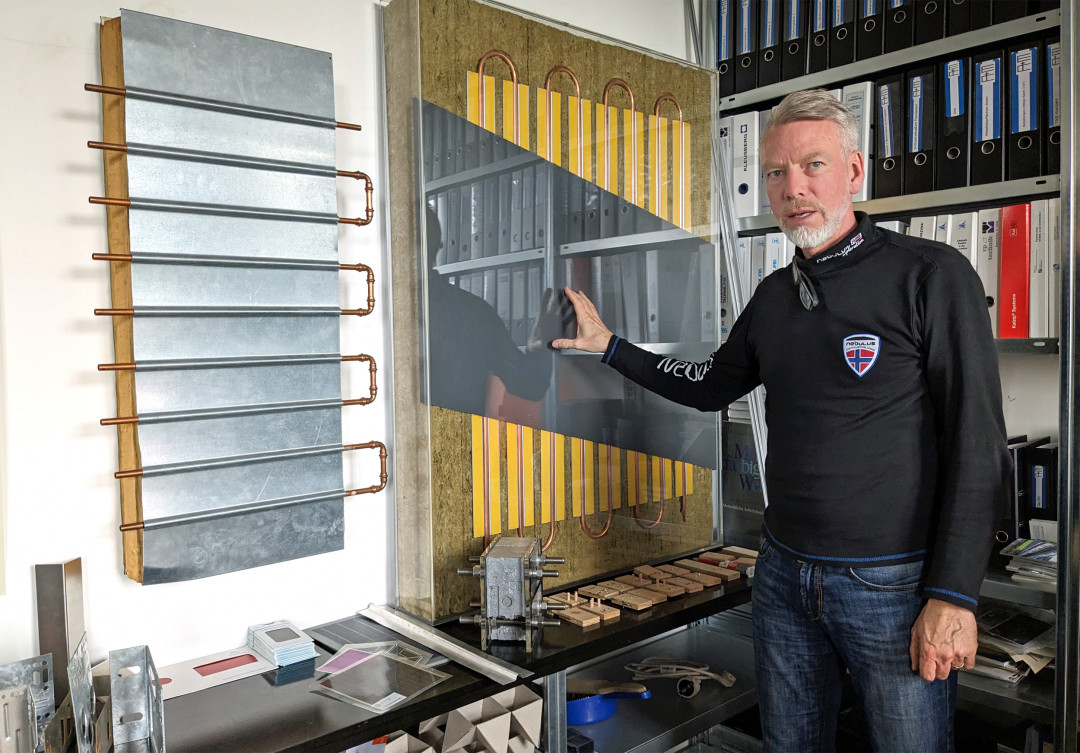
Green roofs and insulation, photovoltaics and solar thermal facades, heat pumps – there are many ways to optimise the energy efficiency of buildings. Together with RWTH and FH Aachen, architects from the University of Applied Sciences and Arts Dortmund are taking things a step further. In the "Virtual Energy Demonstrator" project, they are showing how industrial buildings can be climate-positive. The Federal Ministry for Economic Affairs and Climate Protection is supporting the project.
"Contemporary energy concepts must combine the multitude of possibilities and components and assess the concrete impact in context," explains Prof. Dr. Helmut Hachul from the Department of Architecture at the FH Dortmund. That is why the project is not about evaluating individual components as "better" or "worse". "With the virtual energy demonstrator, we are developing a tool that will enable planners to perfectly coordinate individual measures."
The focus is on industrial buildings and in particular on steel structures. "These are the medium-sized factory buildings that we have here in the region in their hundreds," says Prof. Hachul. The expert in metal construction sees great potential here, because so far too little attention has been paid to building energy in industrial construction. "We want to show what is already possible with today's technology and the state of research," emphasises Prof. Hachul. He talks about energy-activating steel solutions for energy generation, storage and distribution, solar thermal energy in the hall walls, and steel energy piles in the ground. "In addition to electricity, we are focusing on thermal energy – which involves both heating in winter and cooling in summer."
The virtual energy demonstrator will feature two standardised model buildings: a medium-sized industrial hall and an office building. "We are creating 2D and 3D models for this and feeding the individual components with data – both physical data and construction costs," says Prof. Hachul, describing the goal. Planners and construction experts will then be able to play with the controls like a DJ at a mixing desk. Except that they won't be adjusting bass and tempo, but rather material, insulation and costs. The digital tool will then take over the complex interactions and calculations.
"Ultimately, the aim is to make the world greener. And with this project, we can show ways of doing this," says Prof. Hachul. Ideally, this would lead to the creation of industrial buildings that generate more energy than they consume.

